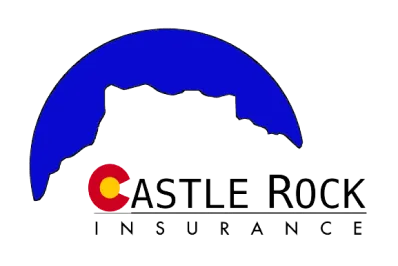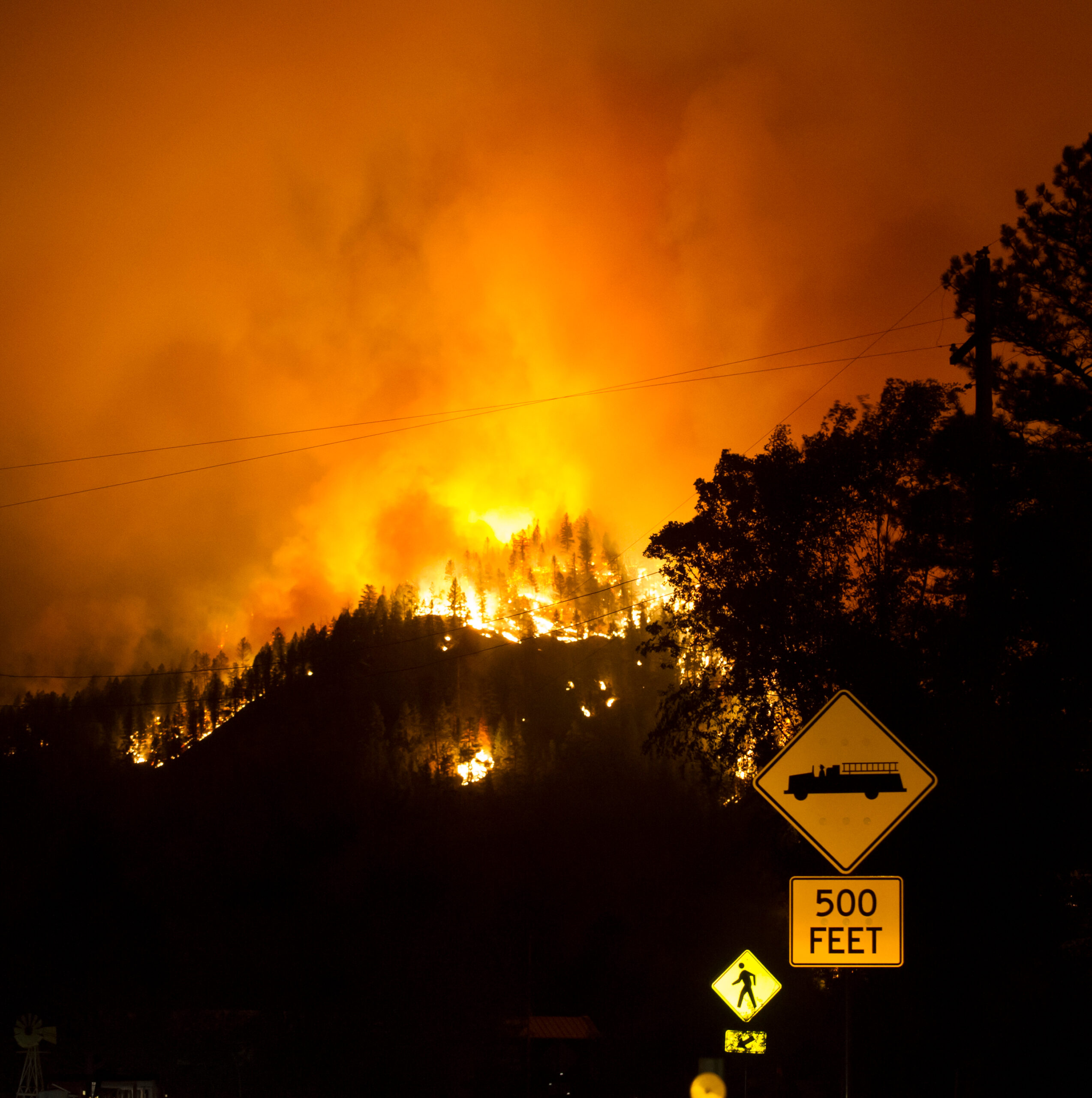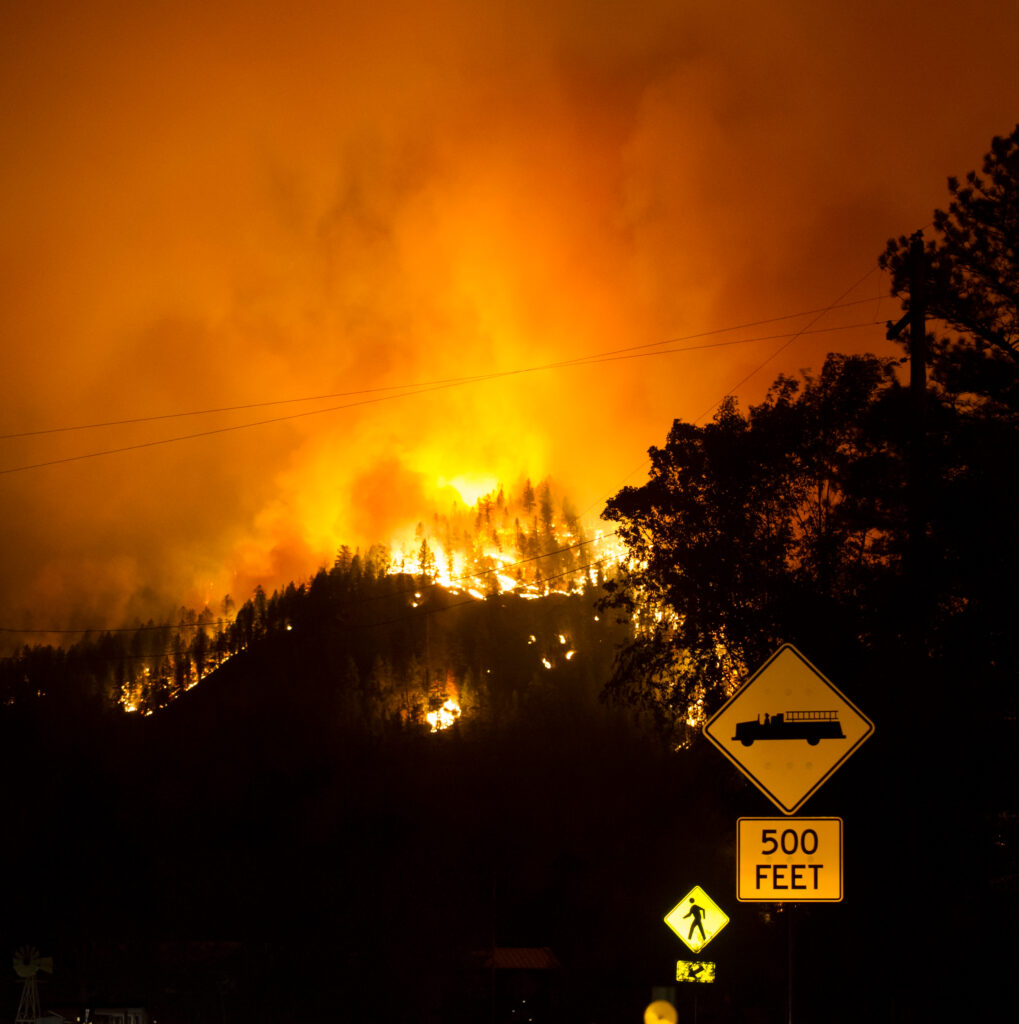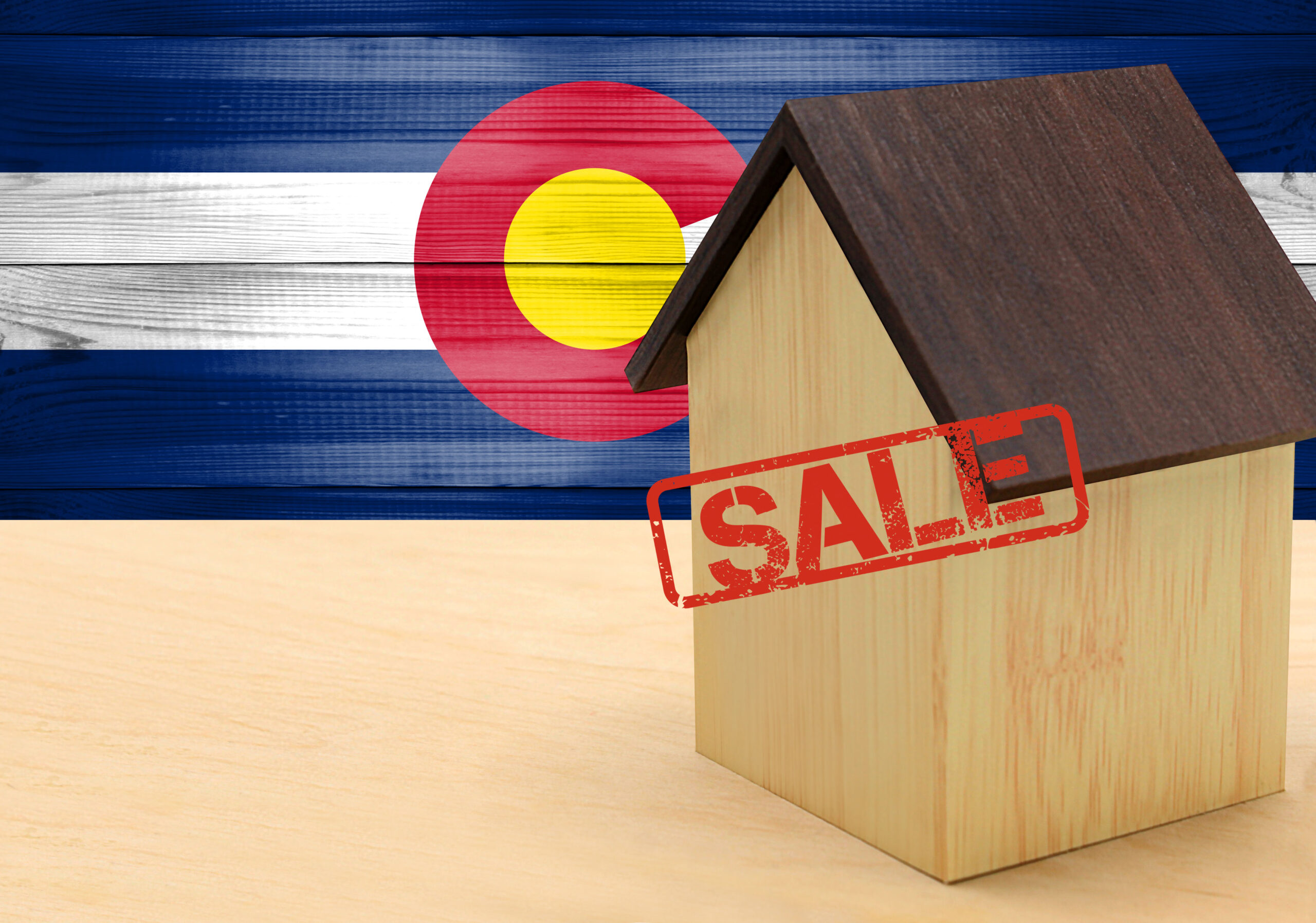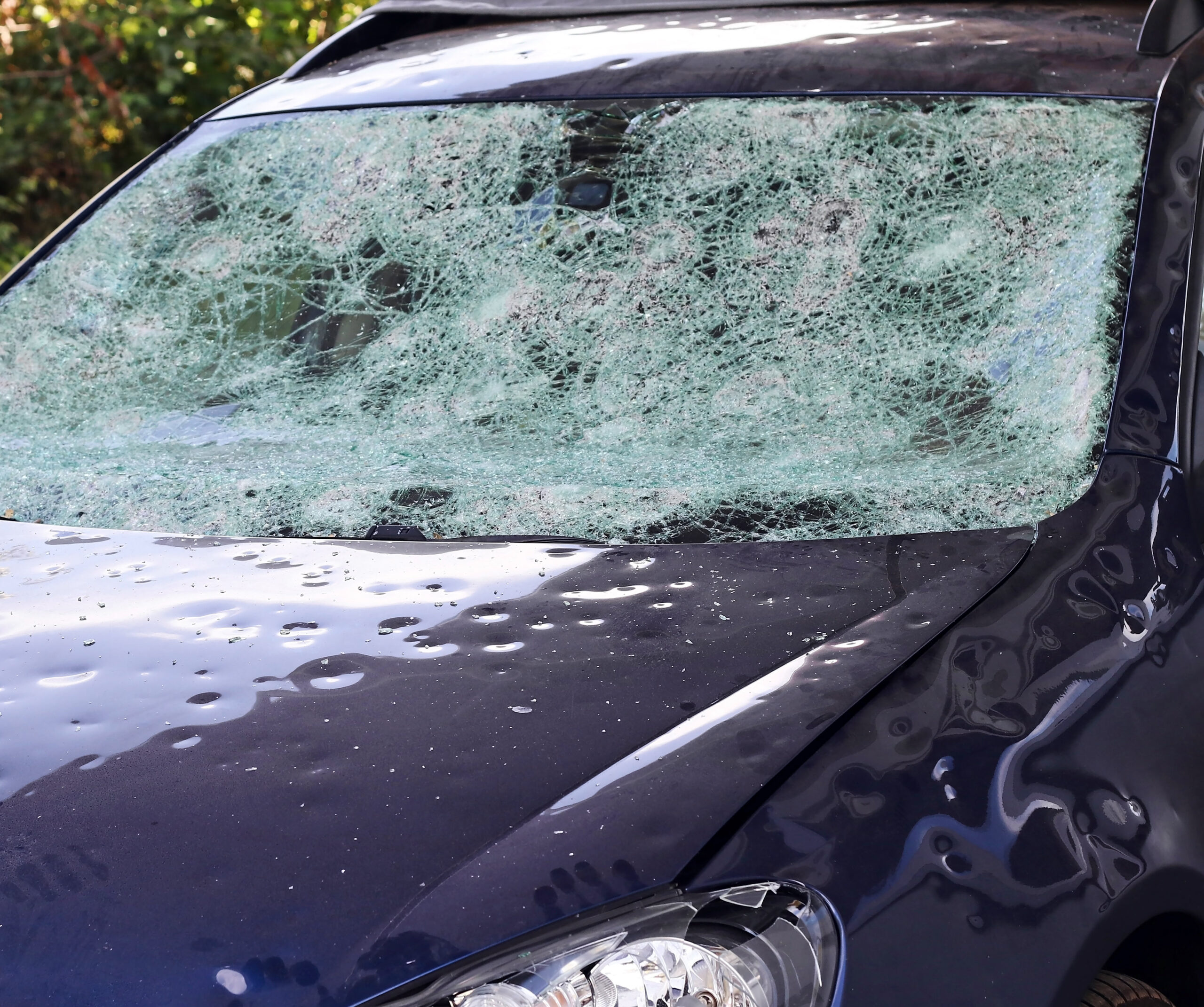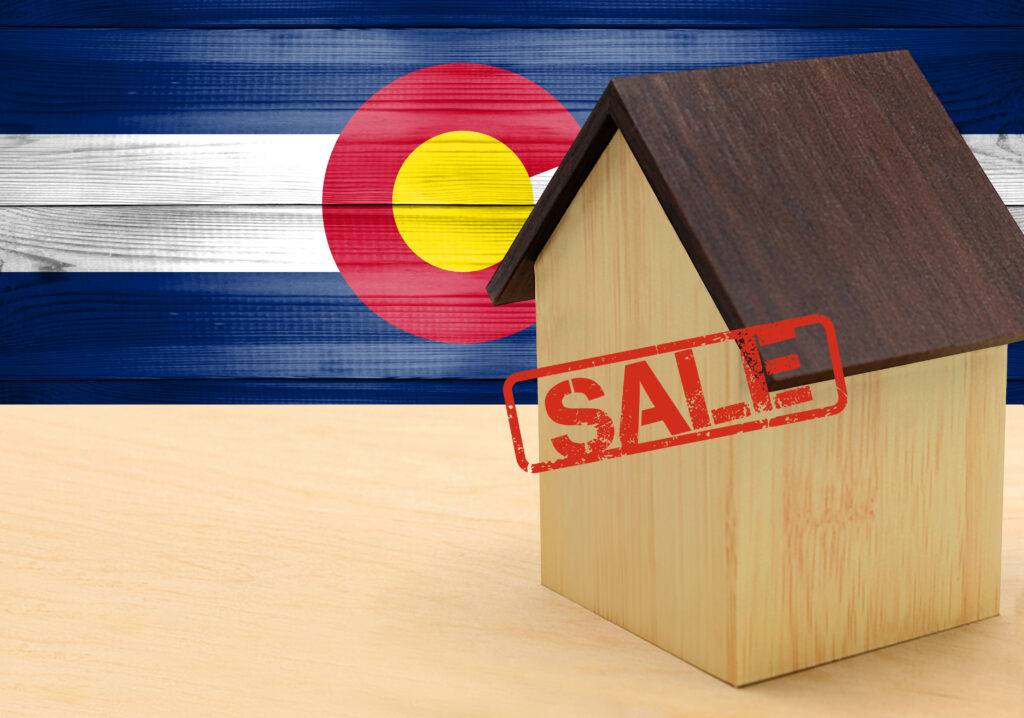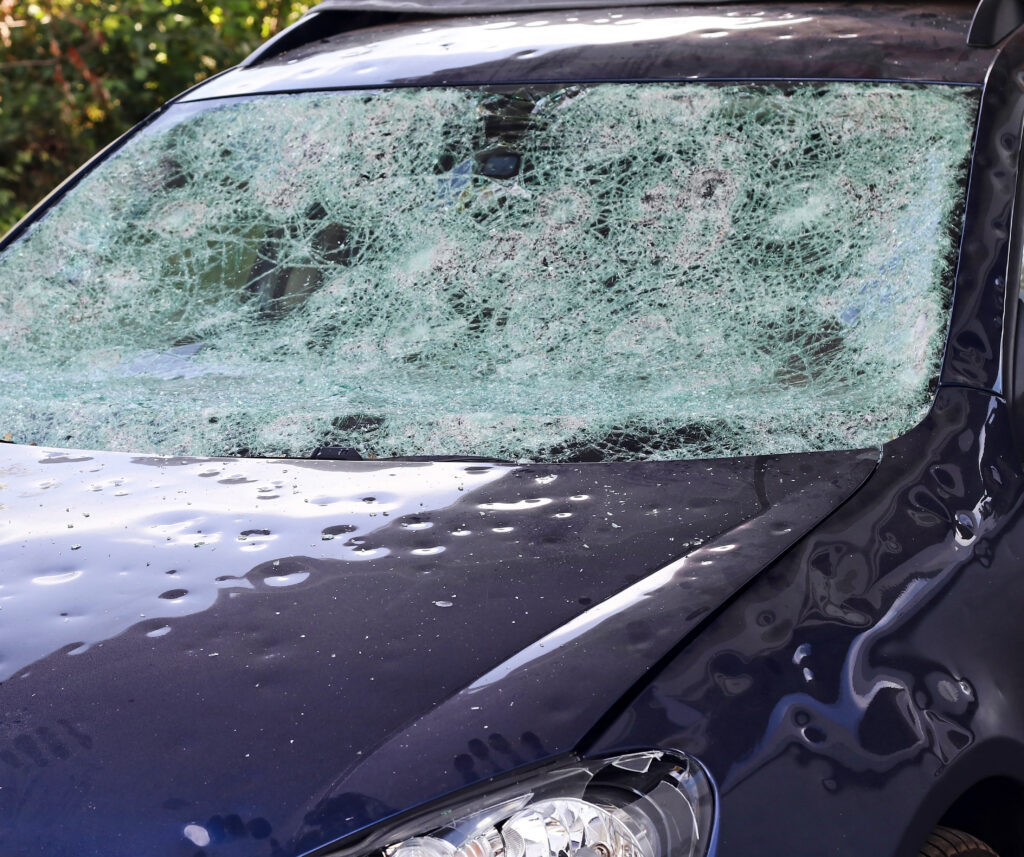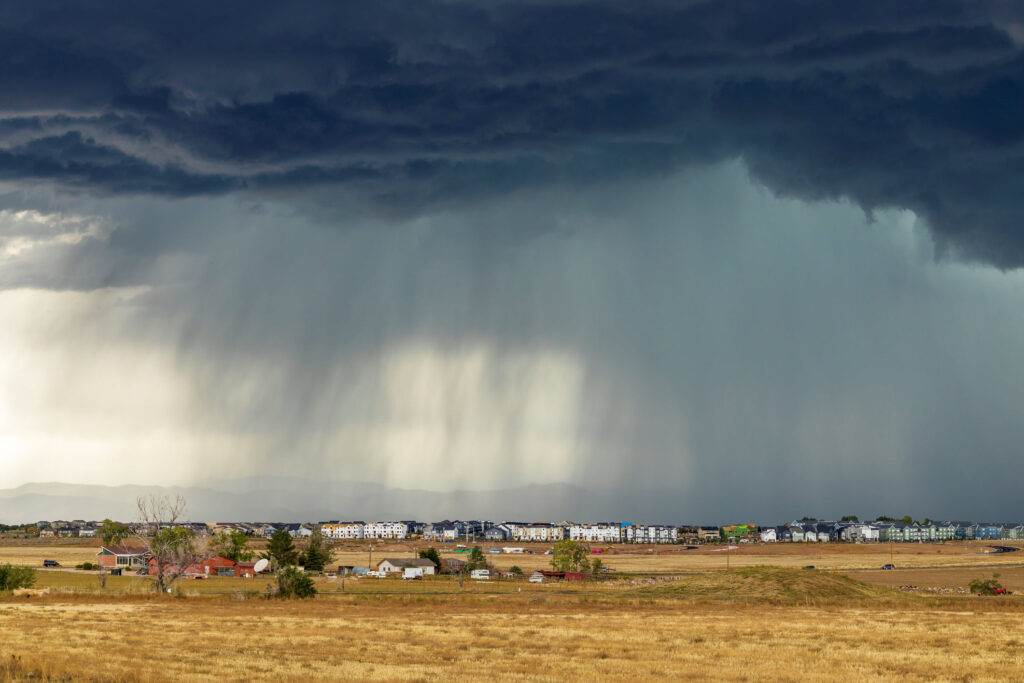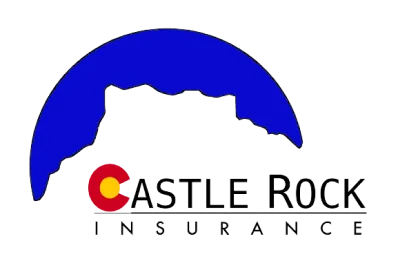Colorado’s wildfire season is back in full force, and it is already proving to be one of the most challenging in recent years. Across the Western Slope, thousands of acres have burned, national parks have closed, and families in multiple counties have faced evacuation orders. For many people in Colorado, this is more than just a troubling news story. It is a clear reminder of how quickly life can change and why having strong homeowners insurance is so important.
As of mid-July 2025, several large fires are actively burning across the state. In Montrose County, the Black Canyon Fire has grown to more than 3,500 acres after being sparked by lightning. This fire has led to the complete closure of Black Canyon of the Gunnison National Park and has forced evacuations in nearby neighborhoods. The Sowbelly Fire in Delta and Mesa counties has spread over 2,200 acres with little containment. Near Buena Vista, the Mountain View Fire has already destroyed homes and caused dozens of families to evacuate.
Closer to home in Douglas County, a fast-moving grass fire near Louviers recently triggered immediate evacuation orders and threatened homes along the Front Range. This serves as another clear warning that wildfire risks are not confined to remote mountain areas. Even communities in Douglas County and along the I-25 corridor can face sudden threats from wind-driven fires. Governor Jared Polis has issued disaster declarations to help direct more resources to impacted regions, underscoring just how serious this season has become. Meanwhile, heavy smoke continues to drift east, leading to poor air quality well beyond the actual burn zones.
How Wildfires Are Impacting Homeowners Insurance
This is all happening at a time when many insurance carriers are taking a much closer look at wildfire risks. Because of Colorado’s dry climate, rising temperatures, and large forested areas, wildfires are no longer just a seasonal concern. They have become a long-term reality for many homeowners. As a result, some insurance companies have reduced their operations or stopped writing new policies in regions they consider too high risk. This means homeowners may see higher premiums, stricter rules to keep their policies, or in some situations, even face non-renewals. It is a tough situation for families who simply want to protect the place they call home.
At Castle Rock Insurance, we understand how stressful this can be. Our agency works with multiple carriers, which allows us to help Colorado homeowners navigate these changes. Whether you live near dense forests, in an area known for wildfire risk, or just want to make sure your current coverage still fits your needs, we are here to help. We keep a close watch on how wildfire season and insurance market changes affect local families and businesses, and we are ready to guide you through your options.
Fire Mitigation and Protecting Your Home
As wildfire seasons grow longer and more intense across Colorado, homeowners are wise to make fire mitigation a top priority. Start by reviewing your current homeowners insurance policy to ensure it aligns with today’s rebuilding costs, which have increased significantly due to rising material prices and labor shortages. Many homeowners learn too late that their policy limits fall short of what it would take to rebuild their homes to current codes. Adding endorsements like extended replacement cost or ordinance and law coverage can provide a crucial safety net if your property suffers major damage or total loss from a wildfire.
On the ground, creating a strong line of defense around your home is one of the most effective ways to reduce wildfire risk. This means establishing defensible space by clearing out flammable debris, trimming back trees and bushes at least 10 feet from your roof, and removing dead plants and pine needles from gutters and landscaping. Replacing wooden fences that attach directly to your house with metal or noncombustible alternatives is another smart move. Many homeowners also install ember-resistant vents and use gravel or stone instead of mulch close to their foundations, which can stop smoldering embers from igniting nearby structures.
Looking ahead, upgrading to fire-resistant building materials offers some of the best long-term protection. Consider installing a Class A fire-rated roof, noncombustible siding such as fiber cement or stucco, and double-paned or tempered glass windows that are more resistant to heat. Decks and patios made from composite or concrete materials instead of wood can also lower the chance of ignition. By combining smart insurance planning with these practical home hardening steps, homeowners can dramatically improve their chances of withstanding a wil
Working with Independent Insurance Brokers
If you live in Colorado or any region with high wildfire exposure, it’s more important than ever to work with an independent insurance broker. Independent brokers are not tied to one carrier, so they can shop multiple companies to see who’s still writing policies in your area. This flexibility is crucial because many standard insurers have pulled back or imposed stricter guidelines on homes near forests or open space. Some will only take on new homeowners policies if you also move your auto insurance, so bundling both coverages is often a key part of finding protection in today’s market.
Homeowners in designated fire zones should also understand that standard insurance may not always be available. In these cases, your broker can look into excess and surplus (E&S) carriers. These specialized insurers typically take on higher-risk properties that traditional companies avoid, though it often comes at a higher premium and sometimes with stricter terms. For homes that still can’t secure private market coverage, the state FAIR Plan offers a last-resort option, providing basic protection so that you at least have some level of financial safeguard if disaster strikes. Knowing these alternatives ahead of time can prevent last-minute panic if your current insurer non-renews your policy.
Finally, patience and preparation are essential if you live in a wildfire-prone area. Underwriting reviews for fire zone homes can take longer, and insurers may require extra inspections or proof of mitigation work before approving a policy. Having updated records on your home’s roof age, defensible space efforts, and any upgrades to fire-resistant materials will help move the process along. Being proactive and working closely with a knowledgeable broker ensures you’re not left scrambling for coverage, giving you more peace of mind even during a tense wildfire season.
